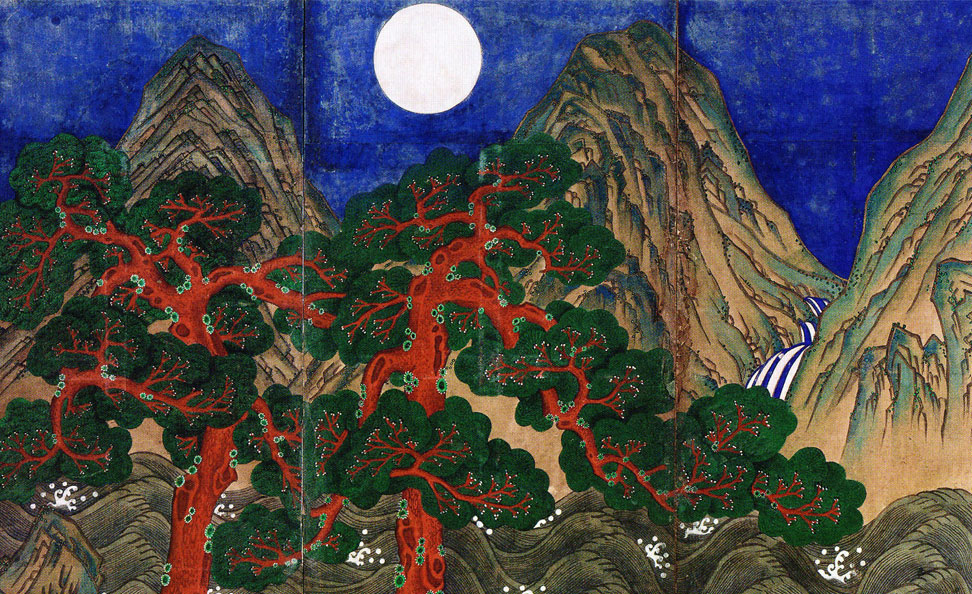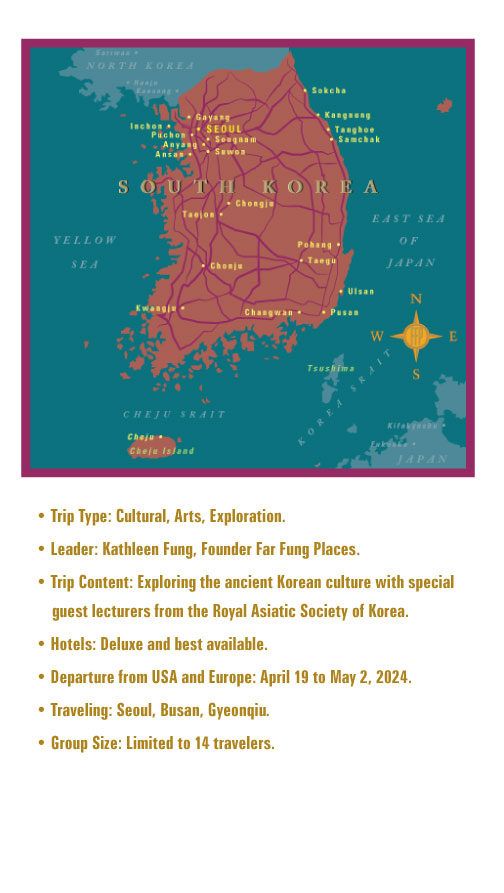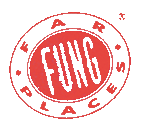


ON OUR 13 NIGHT PROGRAM, we’ll discover dynamic Seoul, with its world-class museums, and modern and 16th-century traditional architecture which reflect the cultural aesthetic of the period in which they were built. Further afield stands Gyeongju, a UNESCO World Heritage site, described as one of the largest “outdoor museums” in the world, with artifacts dating to the first century BCE. Busan on Korea’s southeastern coast preserved its past by saving the Gamcheon village, where 1950s cubicle-style houses in muted shades of blue, green, and pink seem to cascade down hillsides into the sea below. In the South, a nearly untouched 14th-century Korean fortress village is home to artisans who live in authentic thatched hanoks, making crafts following time-honored practices.Experts join to offer insights into their areas of expertise. Take a walking tour with a renowned architect to his favorite neighborhoods in Seoul which range from the old electronic market built during the Park Jung Hee era, to the 3rd story sidewalks of Saewon, to see the alleys dating back to the Josoen dynasty and up through the 50s to the 70s. Professor David Mason provides a historical introduction to Korea including Shamanism, Buddhism, Daoism, Neo-Confucianism, and Christianity that has shaped the cultural and religious lives of Koreans for several millennia.Through our culinary expert, we learn about Korea’s contemporary food culture by sampling some of the country’s favorite dishes.Throughout the trip, dine on a variety of classic Korean meat dishes, popular one-dish bibimbap to mouthwatering yachae kalguksu, or other choices from seafood to vegetarian Buddhist meals.We’ll have opportunities to meet local people in their work environments. Walking through villages, we’ll meet artisans doing crafts like papermaking, or observe how a farmer cultivates rice in his fields, planting seedlings hand over hand in precise rows.A network of excellent, well-maintained roads in Korea allows us to travel effortlessly through dramatic landscapes of steep mountains and valleys and rugged coastlines with small arable plains in between.Experience Korea’s high-speed trains from Seoul to Suncheon, traveling 221 miles crossing entire South Korea in only 2.5 hours! Although not as fast as Japan’s famous bullet trains, the Ninja trains come with spacious seats, bathroom facilities and on-board snacks and drinks available for purchase.
Please inquire about our day-to-day itinerary for more details.
*Art Work: Sun, Moon, and Five Peaks Screen. The six-paned folding screen was done on ink and color on paper, and is dated from 1800 –1900. The sun, moon, and five peaks identified the position and presence of a king. Wherever a king went, a screen of this iconograph followed and was set behind his chair or throne.
A sun and moon symbolize yin and yang, while the five peaks represent the four cardinal directions and the center. Flowing water and trees indicate both changing and unchanging qualities in the world. (Description provided by “In Grand Style” Asian Art Museum, Kumja Paik Kim, Moon-sik Kim, Jaebin Yoo.
Land/Air CostLand price: $7350 per person, sharing a twin. International airfares are extra. Single supplement $1600.
Return to International Travel Programs 2024
|








